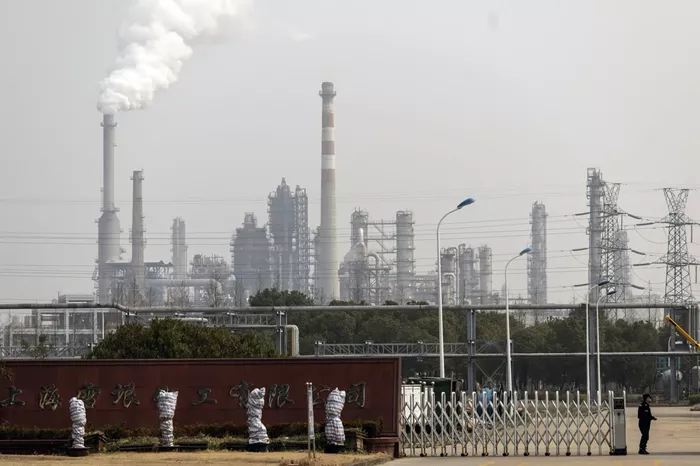As China’s natural gas demand growth decelerates, domestic gas producers are lobbying authorities to increase the number of gas-fired power plants, viewing the sector as a crucial driver for future expansion.
In recent years, China’s gas demand growth has weakened due to slower industrial activity, the rapid expansion of renewable energy, and continued reliance on coal for power generation. Currently, the electricity generation sector accounts for roughly 18% of China’s natural gas consumption.
The power sector is now proposing the installation of nearly 70 gigawatts (GW) of new gas-fired power generation capacity by 2030. If realized, this would represent a nearly 50% increase from 2025 levels, the sources said.
China’s liquefied natural gas (LNG) imports have also declined this year, impacted by high stockpiles, a milder winter, and LNG prices that are less competitive compared to domestic gas output and pipeline imports from Russia and Central Asia. BloombergNEF projects China’s LNG imports will fall again in 2025, marking the first annual decline since 2022.
Despite these ambitions, expanding gas-fired power generation faces economic challenges. Gas remains more expensive than solar energy, while coal continues to serve as the baseload capacity capable of meeting peak electricity demand.
After a drop in coal power plant approvals in 2024—the first since 2021—new approvals for coal-fired electricity projects have rebounded in early 2025, according to research from Greenpeace East Asia.
Globally, China leads in renewable energy capacity installations but also remains the largest coal-fired power producer, driving record-high global coal demand. The country is also aiming to stimulate domestic coal demand and prices this year, as coal prices have been depressed, affecting coal producers’ profitability.
The complex dynamics between coal, gas, and renewables underscore China’s ongoing energy transition challenges as it balances economic growth, energy security, and environmental goals.


